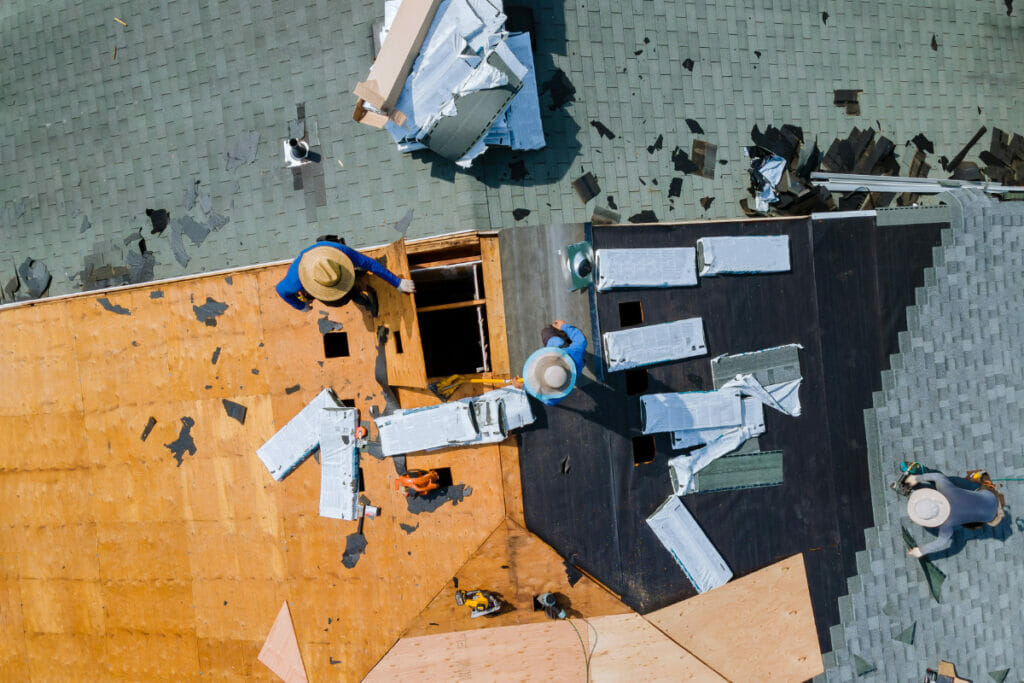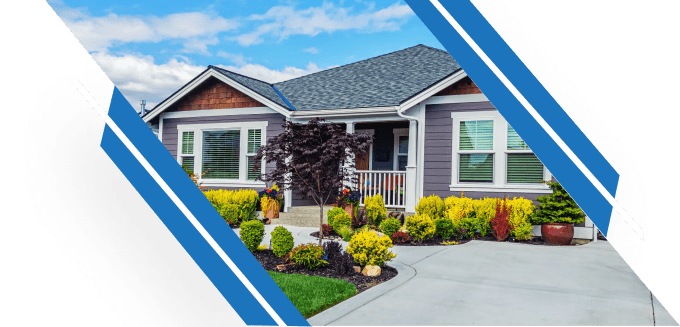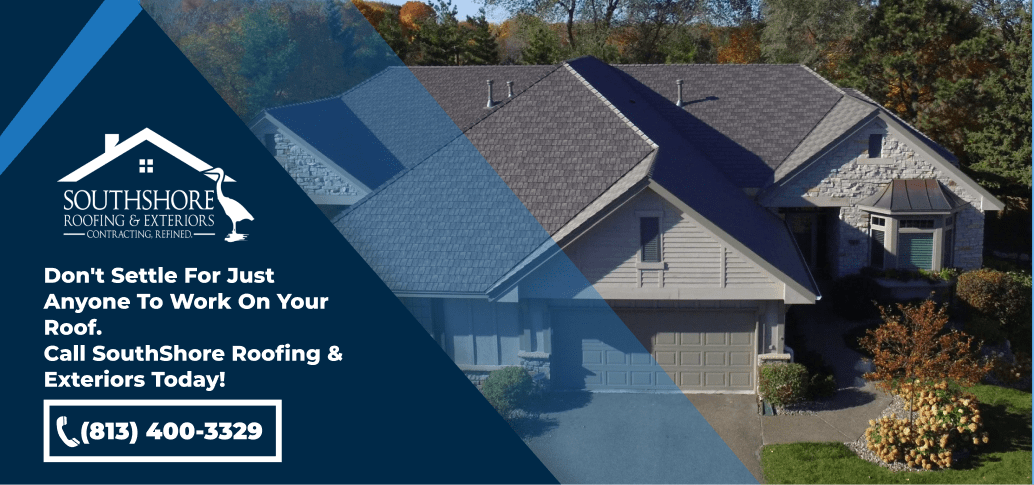Are you considering a new roof for your home? If you currently have an asphalt shingle roof, you might wonder if it’s possible to install a metal roof over shingles. This comprehensive guide will explore the process, benefits, and considerations of installing metal roofing over existing shingles. By the end of this article, you will have a clear understanding of this roofing option and feel equipped to make informed decisions for your roofing projects.
1. Can You Put a Metal Roof Over Shingles?
The short answer is yes, you can install a metal roof over shingles in most cases. However, it is crucial to check with your local building department before making any decisions, as building codes vary by location. Some areas may allow for re-roofing over one layer of shingles, while others may permit two layers. In any case, installing a metal roof over shingles can be a viable and often superior option compared to completely removing and replacing the existing roof.

2. Why Choose a Metal Roof Over Shingles?
If you’re considering a metal roof over shingles, you’re making a smart choice. There are several benefits to installing a metal roof over shingles, including:
- Longevity: Metal roofs can last 40 to 70 years, depending on the material, compared to 20 to 30 years for asphalt shingle roofs.
- Durability: Metal roofs can withstand extreme weather conditions, such as hail, high winds, and heavy snowfall.
- Energy efficiency: Metal roofs are heat-reflective, which can lead to lower cooling costs in the summer months.
- Environmentally friendly: Metal roofing is often made from recycled materials and can be entirely recycled at the end of its lifespan, unlike asphalt shingles, which often end up in landfills.
- Cost savings: Installing a metal roof over shingles can save you money on labor costs and waste disposal fees related to tearing off the old roof.
- Low maintenance: Metal roofs need little upkeep, as they don’t rot, warp, or crack, and resist mold and mildew growth, making your home maintenance easier.
- Installation options: As we’ll explore in the following sections, metal roofing can be installed directly over existing shingles, reducing labor costs and minimizing waste.
3. Pre-Installation Checks Required
Before installing a metal roof over shingles, it is essential to perform the following 5 checks:
- Local building codes: Check your local building codes to confirm if installing a metal roof over shingles is allowed. Some areas have strict regulations, so compliance is crucial.
- Roof Condition: Inspect your current shingle roof for leaks, rotting rafters, or sheeting that may need to be addressed before installing the metal roof.
- Roof slope: To ensure proper drainage and prevent water accumulation, install a metal roof with an ideal slope of at least 3:12 pitch, which means a 3-inch rise for every 12 inches of horizontal run.
- Ventilation: Make sure your attic has suitable vents. Good attic ventilation is important for your metal roof’s lifespan. Poor ventilation can cause moisture and damage the roof.
- Structural integrity: Assess your home’s structure to ensure it can handle the additional weight of a metal roof over the existing shingles.

4. How to Install Metal Roofing Over Shingles
There are several methods to install a metal roof over shingles. Here, we will discuss three common techniques:
4.1. Metal Panel Attachment Directly into Shingles
This cost-effective installation method involves attaching the metal roofing panels directly through the shingles and into the wood deck below. While this method saves on the cost and labor of furring strips, it may not provide the flattest surface for metal roofing installation. It also does not offer the same ventilation advantages as other methods.
4.2. Metal Panel Attachment into Furring or Lathing Strips
In this method, wood purlins or sub-girts are used as furring strips on the old roof and attached to the structure below. The new metal roof panels are then attached to the framing system. This approach is typically more expensive than other methods due to the added cost of the furring material and installation. However, it provides a flat and straight surface, even when the shingles are curled or the roof ridge is bowed.
4.3. Shingle Recover Systems
Shingle recover systems, such as the 138T Shingle Recover System, allow for metal roofing installation over existing shingles without the need for a complete tear-off or a separate framing system. These systems are designed to provide additional insulation and ventilation, increasing energy efficiency.
Regardless of the method you choose, it’s essential to consult with a professional roofing contractor to ensure proper installation and adherence to local building codes. A well-executed metal roof installation over shingles can provide long-lasting protection, durability, and energy efficiency for your home.
5. Metal Roof Over Shingles Problems
While installing a metal roof over shingles offers numerous benefits, there are also potential problems to be aware of. Understanding these challenges and their solutions can help you make informed decisions and ensure a successful installation.
- Moisture Buildup: One common issue is moisture buildup between the metal roof and the existing shingles, which can lead to mold and rot. To prevent this, it’s essential to install a proper ventilation system or use a synthetic underlayment to create a moisture barrier.
- Uneven Surfaces: Another concern is the unevenness of the existing shingle surface, which can cause the metal panels to be installed improperly. To address this, consider using furring strips or leveling the surface before installation to ensure a smooth and secure fit.
- Increased Roof Weight: Adding a metal roof over shingles can increase the overall weight on your home’s structure. To prevent potential structural issues, consult with a professional to assess your home’s capacity to support the added weight and consider any necessary reinforcements.
- Old Roof Issues: Problems with the existing shingle roof, such as leaks, rot, or structural issues, will not be resolved by installing a metal roof over the top. These issues may still cause problems down the line.
- Building Code Violations: Check with your local building department for metal roof installation regulations to avoid fines or penalties.
- Difficulty locating leaks: It can be challenging to find and repair leaks when a metal roof is installed over shingles, as water can travel between the layers and find the path of least resistance.
- Warranty Concerns: Installing a metal roof over shingles may void the warranty. Consult with your shingle manufacturer and review the warranty terms to ensure it won’t impact your coverage.
By familiarizing yourself with these potential problems and their solutions, you can ensure a successful metal roofing installation over existing shingles. Always consult with professionals to address any concerns or questions related to your specific project.
6. Cost Considerations when Installing Metal Roofing Over Shingle
Installing a metal roof over shingles requires considering costs such as materials, labor, and location. This section simplifies the main factors affecting expenses for an informed decision.
- Materials: One of the main factors affecting cost is the type of metal roofing material chosen. Common materials include steel, aluminum, copper, and zinc, each with its own price range. Steel and aluminum tend to be more affordable, while copper and zinc are more expensive due to their durability and aesthetic appeal. The thickness and quality of the metal also impact the price.
- Labor: Labor costs can also vary greatly, depending on the complexity of the project and the experience of the contractor. It’s important to get multiple quotes from reputable installers to ensure you’re receiving a fair price for the work. Keep in mind that a professional installation will likely save you money in the long run by avoiding potential issues related to improper installation.
- Location: The location of your home can significantly influence the cost of installing a metal roof over shingles. Factors such as local building codes, climate conditions, and accessibility can all impact the price. For instance, homes in areas with heavy snowfall may require additional structural reinforcement, increasing the overall cost.
- Old Shingles Removal vs. Installing Over Them: Important factor to take into account again is the decision between removing the old shingles or installing the metal roofing directly over them. This choice can greatly impact both the initial costs of the project and the potential for future repair expenses.
7. Metal Roof Over Shingles: DIY vs. Professional Installation
Attempting a DIY installation might save you some money upfront, but it could end up costing more in the long run due to improper installation or unforeseen complications. Let’s take a closer look at the benefits of hiring a professional and the risks of going the DIY route.

7.1. Expert Installation
Professional roofing contractors have the skills and experience necessary to ensure a proper and efficient installation of your metal roof over shingles. This expertise minimizes the risk of mistakes, reduces waste, and guarantees that your new roof will perform at its best.

7.2. Warranty Protection
Many metal roofing manufacturers offer warranties for their products, but these warranties may be voided if the roof is not installed by a certified professional. By hiring a professional roofing contractor, you protect your investment and ensure that your roof will be covered by the manufacturer’s warranty.
7.3. Peace of Mind
Lastly, a professional installation ensures that you can trust that your new metal roof is secure and will stand the test of time. The knowledge that your roof has been installed correctly by a skilled contractor allows you to focus on other aspects of your home, knowing that your family and belongings are well-protected under a high-quality metal roof.
8. How to Choose the Right Metal Roofing for Your Home
Choosing the right metal roofing for your home is a crucial decision that can significantly impact its durability, energy efficiency, and curb appeal. To make an informed choice, consider the following factors:
- Metal Roof Type: Metal roofing comes in a variety of materials such as aluminum, steel, copper, and zinc. Each material has its unique advantages and drawbacks, such as price, weight, and resistance to corrosion. Weigh the pros and cons of each material to find the best fit for your home.
- Metal Roof Style: Metal roofing is available in various styles, including standing seam, metal shingles, and corrugated panels. Consider the architectural style of your home and the prevalent climate in your region when selecting a style.
- Metal Roof Color: Metal roofs come in an array of colors and finishes that can complement your home’s aesthetic and increase its energy efficiency. Lighter colors tend to reflect more sunlight, whereas darker colors absorb heat.
- Manufacturer’s Warranty: A good warranty can provide peace of mind and protect your investment. Look for manufacturers offering comprehensive warranties that cover materials and workmanship.
9. How Long Does a Metal Roof Over Shingles Last
The lifespan of a metal roof over shingles, typically ranging from 40 to 70 years, hinges on the quality of materials, proper installation, and the local climate. Metal roofs, available in materials like steel, aluminum, copper, and zinc, offer varying durability, with copper and zinc even lasting up to a century. The longevity of these roofs is also ensured by professional installation and the right method used. While extreme weather can affect the roof’s lifespan, regular maintenance can keep it durable for decades. In essence, a metal roof over shingles, given its long lifespan and durability, is a worthwhile investment for homeowners.
10. Maintenance of a Metal Roof Over Shingles
Metal roofs require minimal maintenance compared to asphalt shingle roofs. Regularly inspect your metal roof for signs of damage, such as dents, rust, or loose fasteners, and address any issues promptly. Additionally, keep gutters and downspouts clear to prevent water buildup and potential damage to the metal roof and underlying shingles.
11. Is a Metal Roof Over Shingles Right for You?
Ultimately, the decision to install a metal roof over shingles comes down to your personal preferences, budget, and local building codes. This option can provide numerous benefits, including cost savings, increased durability, and added insulation. However, it is essential to carefully weigh the pros and cons and consult with a professional roofing contractor to determine if this roofing solution is right for your home.
12. Frequently Asked Questions about Metal Roofing Over Shingle
Below is a compilation of frequently asked questions to help you better understand the process and make an informed decision:
A. Yes, in most areas, it is legal to install a metal roof over existing shingles. However, it’s essential to check your local building codes, as some regions may have specific regulations or restrictions in place.
A. It’s generally recommended to have no more than two layers of shingles before installing a metal roof. Exceeding this limit may cause structural issues and void the warranty of your new metal roof.
A. Typically, metal roofing is lighter than other roofing materials, so it should not add significant weight to your home. However, it’s crucial to consult a professional to assess your home’s structural capacity before proceeding.
A. Yes, metal roofing can be installed over shingles on a low-slope roof. However, it’s essential to use proper underlayment and installation techniques to ensure adequate water drainage and prevent leaks.
A. When installing a metal roof over shingles, it’s recommended to use a high-quality synthetic underlayment or a self-adhering underlayment designed for metal roofing systems. Read our article on Best Underlayment for Metal Roofs
A. A metal roof can significantly improve your home’s energy efficiency due to its reflective properties, which help reduce heat gain in the summer and heat loss in the winter. Additionally, the added insulation from the existing shingles can further improve energy efficiency.
A. When properly installed and maintained, a metal roof can last 40 to 70 years, outlasting traditional roofing materials such as asphalt shingles, which typically last 20 to 30 years.
A. Installing a metal roof over shingles can increase your home’s resale value due to its durability, energy efficiency, and low maintenance requirements. Many potential buyers find these attributes appealing when searching for a new home.
A. While it is possible to install a metal roof over shingles as a DIY project, it’s highly recommended to hire a professional roofing contractor. This ensures proper installation, adherence to building codes, and the protection of your warranty.
A. Potential problems can include improper installation, trapped moisture, and voided warranties. However, these issues can be mitigated by hiring a professional contractor and following the correct installation procedures.
A. The cost of installing a metal roof over shingles can vary depending on factors such as materials, labor, and location. Typically, the cost ranges from $3 to $8 per square foot, including the removal of old shingles if necessary.
A. Alternatives to installing a metal roof over shingles include removing the existing shingles and installing a new roof or choosing a different roofing material, such as asphalt shingles, wood shakes, or tiles. Each option has its pros and cons, and the best choice will depend on your budget, aesthetic preferences, and long-term goals.
A. Yes, it is possible to put a metal roof over shingles in Florida. In fact, it is a common practice in the state due to the numerous benefits that metal roofing offers. One of the main advantages of installing a metal roof over shingles is that it can save homeowners time and money by eliminating the need to remove the old shingles. This can also reduce the amount of waste generated during the installation process, making it an eco-friendly option. /p>




